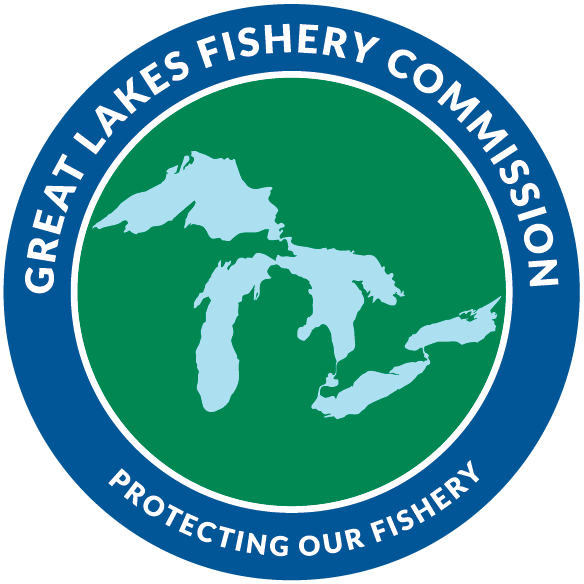Updated 2024-11-22 14:47:01
Lake Superior -> 5.0 Walleye -> Walleye Adult Catch Rate
Reporting Interval
2017 - 2021
Area
Various
Meeting Target?
Does Not Meet
Indicator Trend
No trend
Confidence?
Medium
5.1.2. Adult walleye catch rate is stable or increasing
Walleye have historically played a significant role in regional fisheries and the fish communities within embayment’s, estuaries, and tributaries of Lake Superior (Hoff 2003). As a result of population specific rehabilitation efforts and their associated monitoring; trends in the status of walleye on a lakewide scale have been difficult to quantify. Two annual or semi-regular gillnet surveys (Black Bay, ON, and St. Louis River, WI/MN) that target adult walleye provide stock-specific relative abundance estimates provide some indication of walleye status in Lake Superior. These surveys are neither coordinated amongst agencies nor follow a single standardized methodology, making direct comparisons across surveys and stocks challenging. Similar to juvenile walleye catch rates, in Black Bay, ON, adult walleye catch rates are variable through time, although since 2008, catch rates appear to be higher than those observed in the early part of the time series. St. Louis River adult walleye catch rates have remained variable and stable throughout the survey time series.
Figure 1. Black Bay, Ontario gillnet catch rates for adult walleye.
Figure 2. Minnesota/Wisconsin St. Louis River Estuary adult walleye abundance.
Methodology
OMNR Black Bay, ON Survey - Fall Walleye Index Netting (FWIN) was conducted in Black Bay in 2002,2008,2010, 2012-2014, 2016 & 2017 . FWIN is a depth stratified graded mesh gillnet survey conducted during September and October when water temperatures are between 10oC and 15oC that primarily targets percid species. Mesh sizes range from 25mm to 152mm stretch mesh. OMNR switched to Broadscale Monitoring (BsM) (North American Gillnet standard NA1) in 2020. BsM is a depth stratified graded mesh gillnet survey conducted during the summer when water temperatures are greater than 18oC. Mesh sizes range from 38mm to 127mm stretch mesh. BsM has become the provincial standard by which the OMNRF surveys inland Walleye fisheries and has been the subject of several peer reviewed papers that look at the relationship between CPUE and fish density; also known as the catchability of the gear and as such a means for translating CPUE into estimates of fish density.
MNDNR/WDNR St. Louis River Estuary Survey - St. Louis River estuary gillnet assessment provides a measure of walleye relative abundance in the St. Louis River below the Fond du Lac Dam, measured as the catch per unit effort (CPUE) (#fish/net) from a summer gillnetting index survey conducted by the MDNR/WDNR from 1980-2021. The nets are 250’ long, five feet tall and consist of five panels. There is one panel each of 0.75”, 1”, 1.25”, 1.5”, and 2” mesh. This survey catches mostly young fish, but is not necessarily a recruitment index.
Other Resources
Contributing Author(s)
- Lake Superior Technical Committee -

